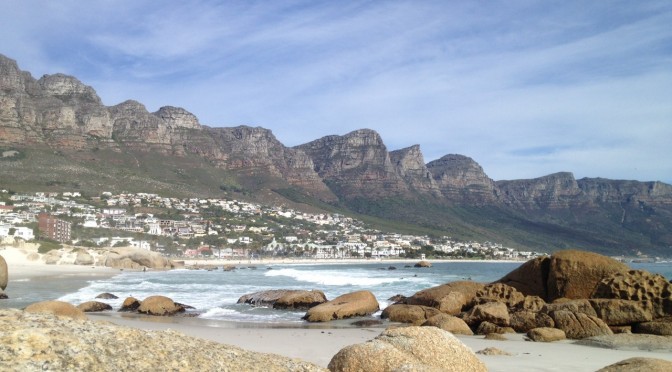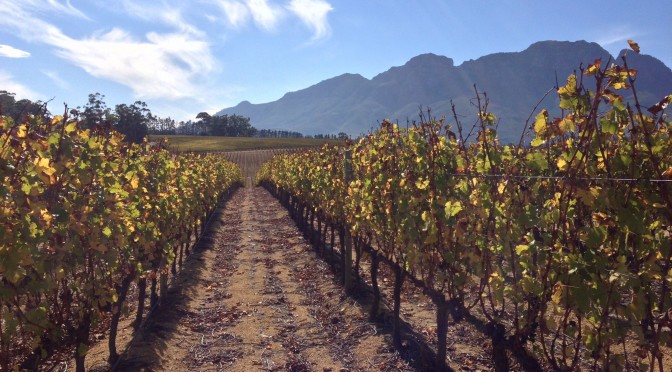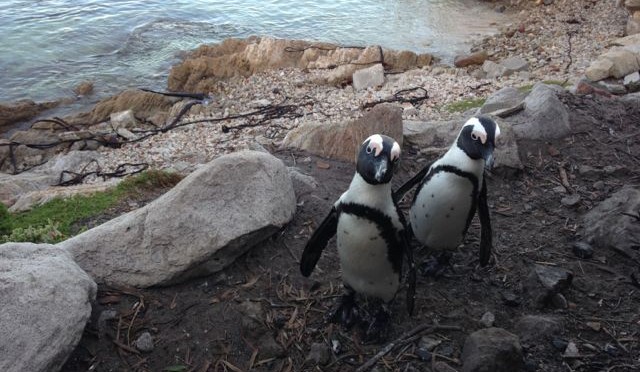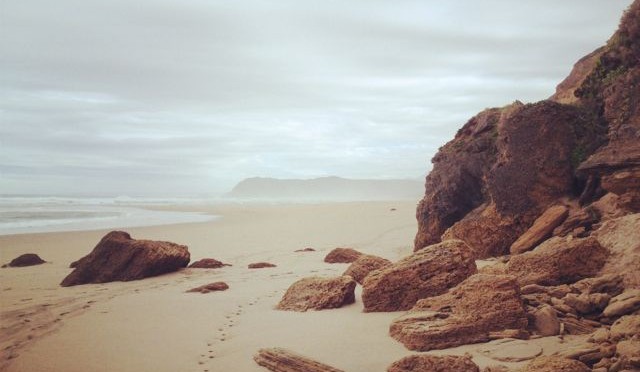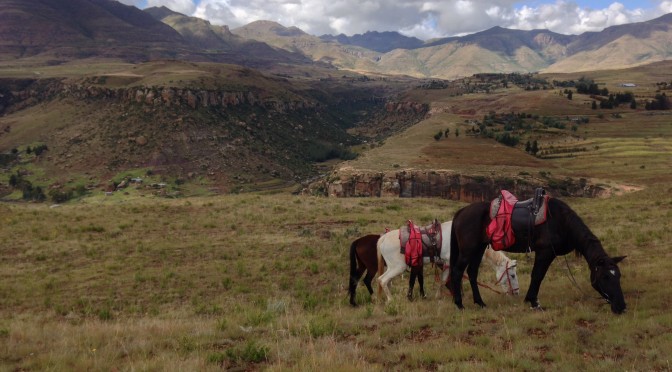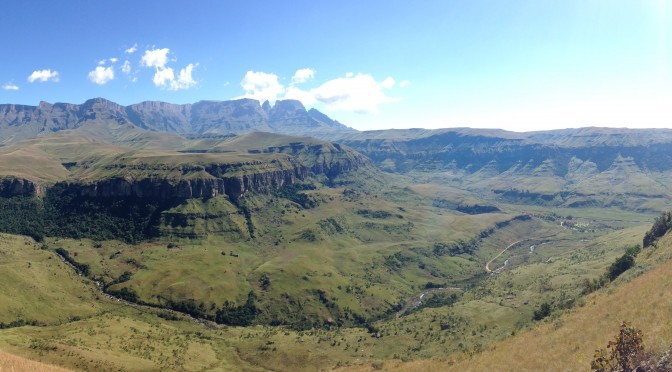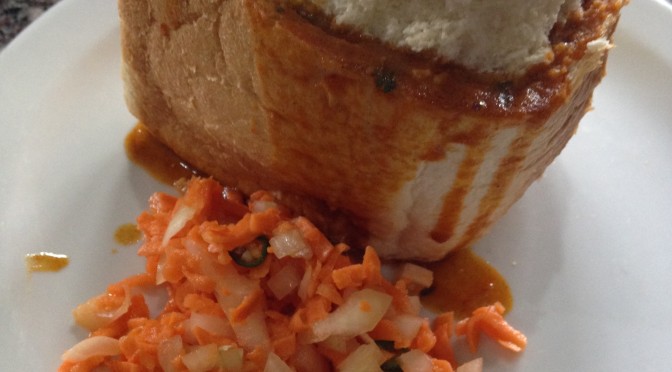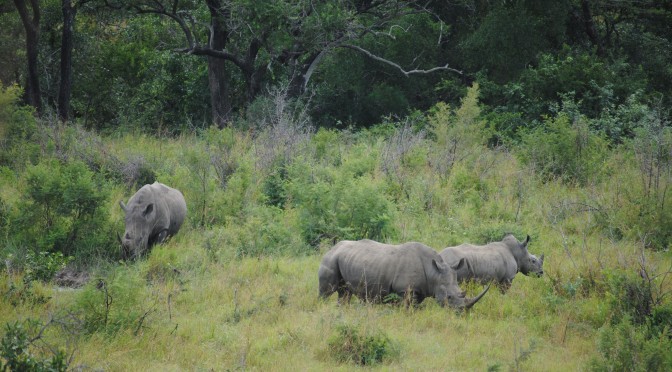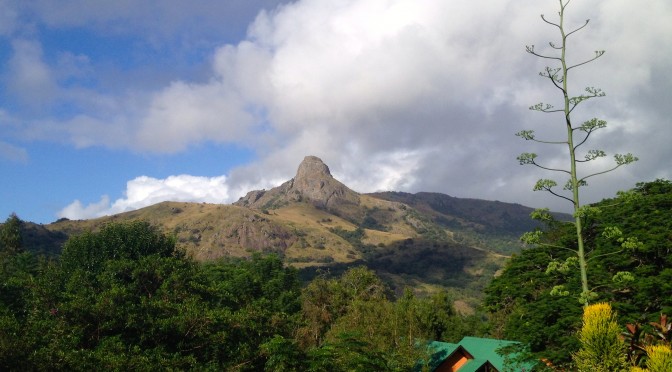A note on programming: The farther along we get on our trip, the more difficulty we are having locating cheap, reliable internet. In the interest of keeping this blog up-to-date and posting what we think our readers are most interested in (animal pictures!), we’ve decided to pare down the size of the photos and some of the practical details (e.g., URLs) we had been including in our posts. We think this change will make the blog more enjoyable (and more quickly updated), but, as always, if you have any practical questions (or want higher resolution shots of lions), leave us a note in the comments!
Tourism-Lite in Cape Town
Ever since we announced our plans to travel in Africa, people have been singing Cape Town’s praises. Nearly every person we met along the way – including South Africans from other parts of the country – effused over Cape Town, promising us that we were going to love it. We had heard so much about Cape Town, in fact, that I worried the city wasn’t going to be able to live up to its reputation.
Happily, I was wrong.
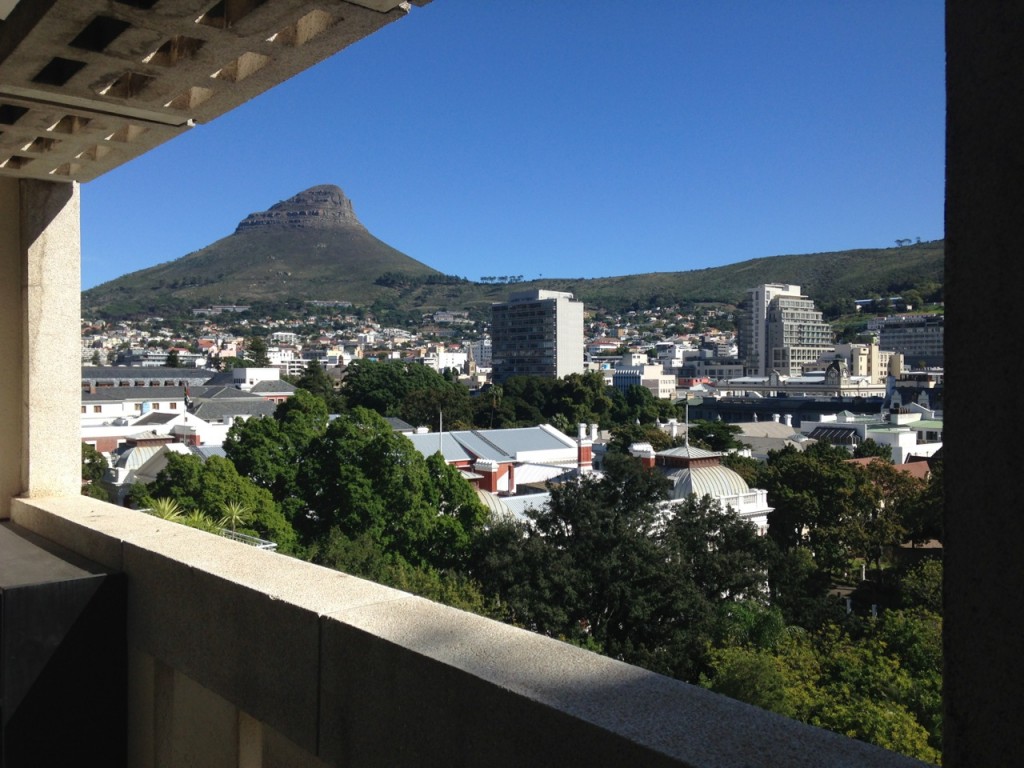
After having logged 5,192.7 kilometers across three countries, it was a bittersweet moment when we dropped off our Toyota Corolla at the Avis location in downtown Cape Town – it left like a lifetime ago when we first picked it up at the railway station in Johannesburg. To a certain extent, the car had become our one constant over the course of the past thirty days, and it was strange to suddenly be without it. We quickly adjusted, however, and returned to our roots of urban exploring on foot, which is honestly the best way to experience nearly any city. Continue reading Tourism-Lite in Cape Town
Tasting the Cape Winelands
After we left the berry farm in Swellendam, we moved to a vineyard in Stellenbosch. (I know, we were really roughing it in South Africa.)
Our drive along the Garden Route and through the Western Cape had been a constant stream of activity (there were beaches to explore and ostriches to ride!), and we were looking forward to a few leisurely days in Stellenbosch in the Cape Winelands. We splurged for three nights at a hotel located on a vineyard – in a room with a view overlooking the surrounding hills, no less.1
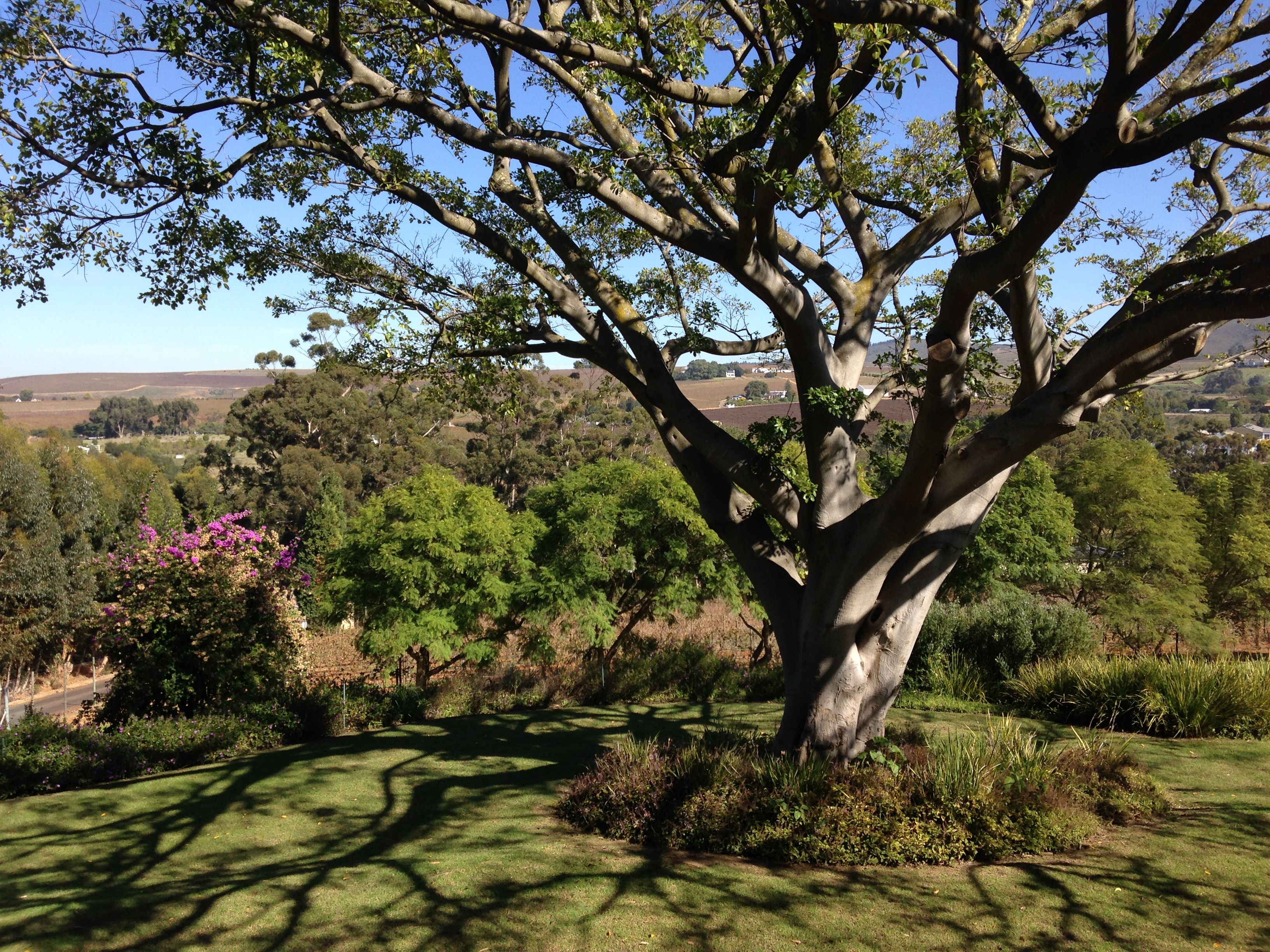
Ostriches, Berry Farms, & Penguins: Oudtshoorn to Betty’s Bay
After we finished with the Garden Route, we continued our tour of the Western Cape by first swinging inland through the Klein Karoo desert and then heading back to the coast.
Oudtshoorn
Oudtshoorn, while not physically on the Garden Route, has the spirit of a Garden Route town. There are plenty of organized adventures available, the two most popular being a visit to an ostrich farm or the Cango Caves.
On our way into Oudtshoorn, we stopped at the Highgate Ostrich Show Farm. We signed up for a tour, which I cynically thought would be 10% seeing the ostriches and 90% hard sell of their ostrich products. As it turned out, the tour was amazing. It might have looped through the workshops to show off their products and ended in the gift shop, but our tour guide was a wealth of information about ostriches. The highlights of the tour were obviously when we got to interact with the ostriches. We held two-week-old ostriches, which were almost as large as full-grown chickens and covered in spiky not-quite-feathers that almost looked like soft porcupine quills.
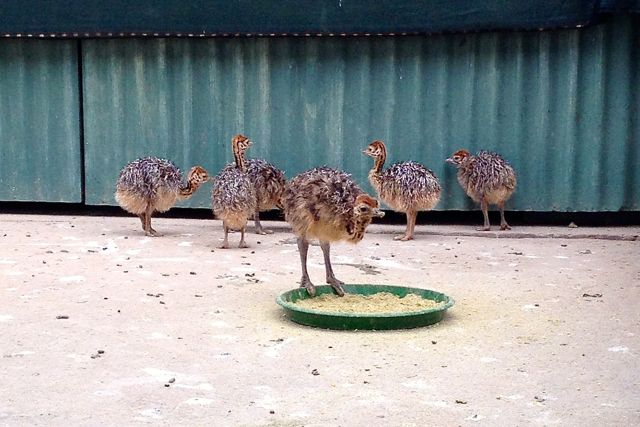
Continue reading Ostriches, Berry Farms, & Penguins: Oudtshoorn to Betty’s Bay
The Garden Route & More: Queenstown to Sedgefield
After we left Lesotho, we made our way to the Garden Route, a string of mostly seaside towns along the southern section of South Africa’s Indian Ocean coast, and one of the country’s most famous tourist trails.1 The Garden Route officially stretches around 300 kilometers from Mossel Bay to just beyond Plettenberg Bay, and is dotted with dramatic scenery, countless beaches, and more opportunities to engage in adventure tourism than anyone could possibly utilize. We took a relaxed approach to the Garden Route, taking in the scenery as we drove along and stopping at various points and towns along the way, mostly eschewing the adventure tourism.2
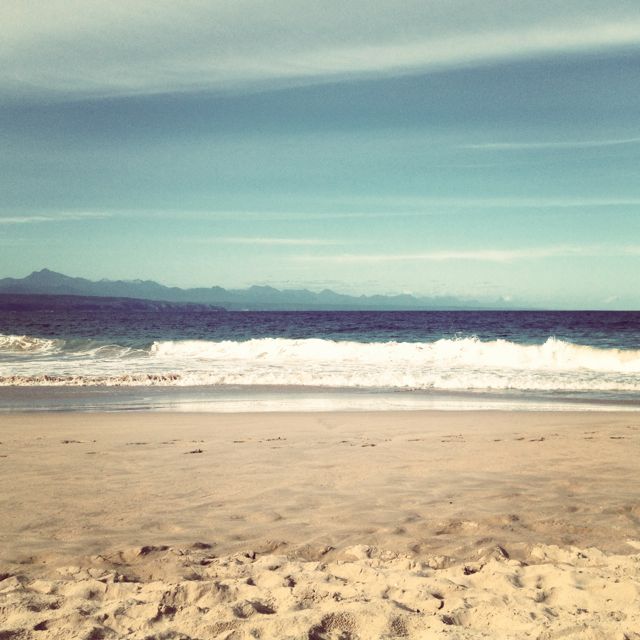
Continue reading The Garden Route & More: Queenstown to Sedgefield
Hiking & Pony Trekking in the Kingdom of Lesotho
On Easter Sunday, we disassembled our little camp in the Drakensberg and drove to Ficksburg, a town in South Africa’s Free State province on the border of Lesotho. The drive was beautiful, skirting around the Drakensberg mountains and right through Golden Gate Highlands National Park.
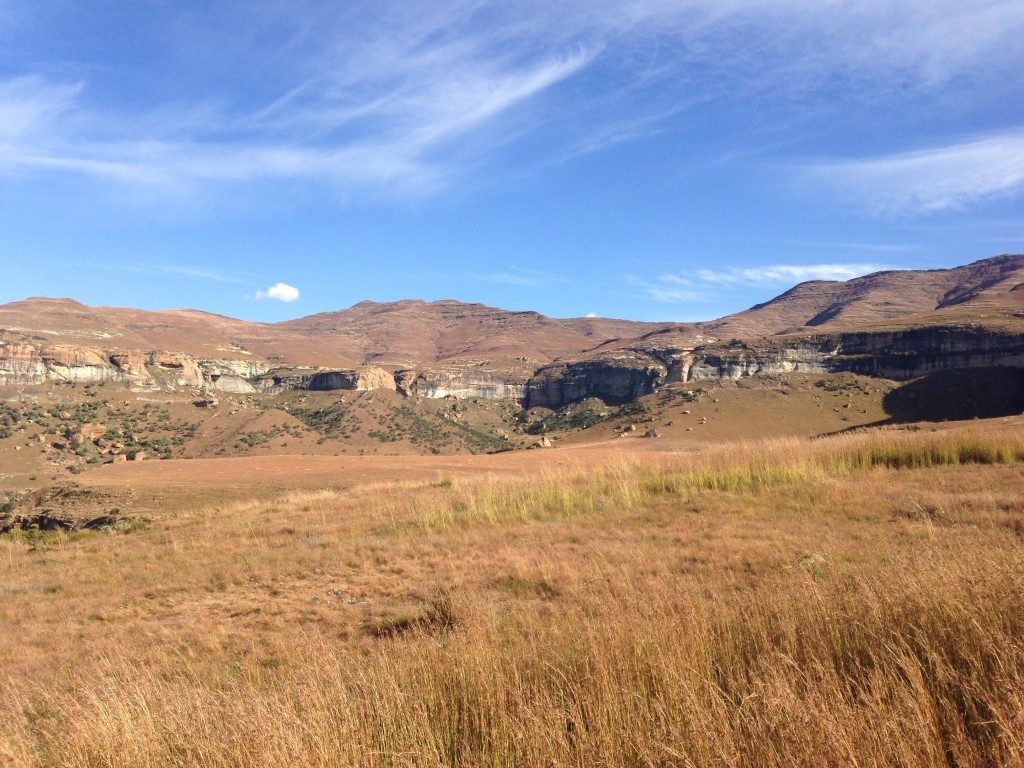
After a night spent luxuriating in a warm, spacious hotel room (so different from our tent!), we crossed into the Kingdom of Lesotho, a landlocked country that is completely surrounded by South Africa.1 Lesotho’s geography is dominated by mountains – its lowest point lies at the lofty elevation of 1,400 meters (4,593 feet). 2
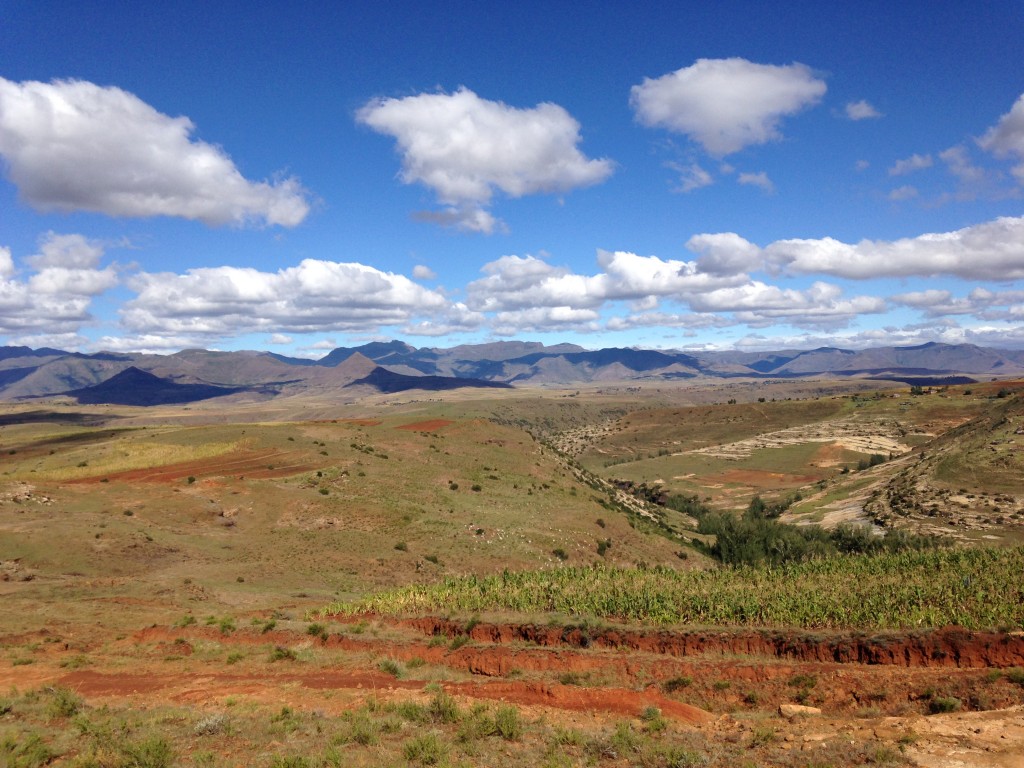
Our first stop was in Maseru, Lesotho’s capital and largest city. (More accurately, our first stop was at the Pick n Pay in Maseru, where we grabbed some lunch supplies to make a picnic in our car in the parking lot. The glamorous life of travel here, folks.) Maseru isn’t large on attractions, and we didn’t spend long in the city. Continue reading Hiking & Pony Trekking in the Kingdom of Lesotho
Our (Sort Of) Westlaw-Sponsored Camping Excursion
April is full of South African holidays,1 and all parties (from our guidebooks and the internet, to guesthouse hosts and kindly strangers) warned us to book our accommodation during and around these dates well in advance.
We intended to follow this advice (honest, we did), but we have been enjoying planning our African adventure as we go, oftentimes only booking a hotel room an hour or two before arrival. Not having everything planned out allows us the freedom to stay longer in places that are unexpectedly amazing, duck out earlier than planned if there’s bad weather or the area turns out to be overly touristy, and make use of advice from fellow travelers we meet along the way.
And it’s also how we found ourselves heading for the Drakensberg,2 an UNESCO World Heritage site and, more importantly, a popular vacation destination, on the Thursday before the long Easter weekend without any accommodation arranged.
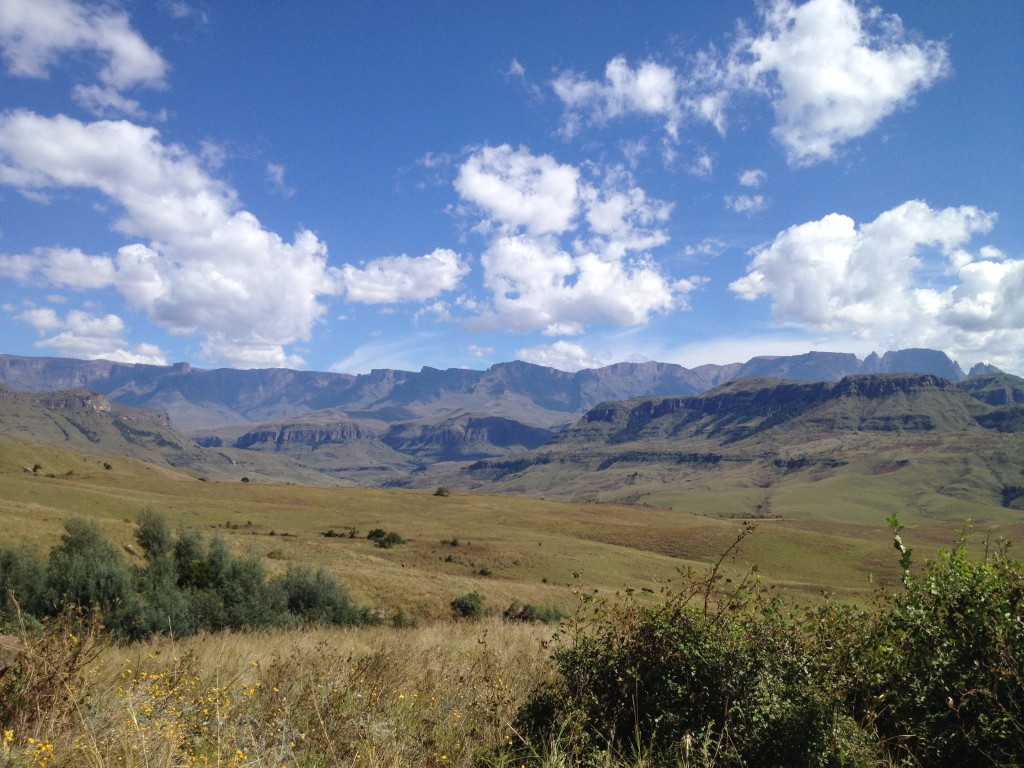
Continue reading Our (Sort Of) Westlaw-Sponsored Camping Excursion
“If you don’t eat a bunny, you haven’t been to Durban.”
After we left Hluhluwe-Imfolozi Park, we set off for the nearby town of St. Lucia, which our guidebook noted is popular with “angling fanatics.” Although Marc likes to think of himself as an aspiring fly-fishing fanatic, we didn’t linger for long. We briefly checked out the beach in the morning (the town of St. Lucia lies at the mouth of an estuary on Lake St. Lucia, the largest inland body of water in South Africa), but it was a dreary morning, threatening rain with a strong wind and lots of blowing sand. In nicer weather, however, it would have been a great area to explore, as the town is surrounded by the massive iSimangaliso Wetland Park, an UNESCO World Heritage site.
While in St. Lucia, We also kept our eyes open for wandering hippos, as we had heard that it wasn’t unusual for hippos to stroll the city streets (see, e.g., this very recent article on St. Lucia), but, alas fortunately, we left St. Lucia without seeing a single hippo.
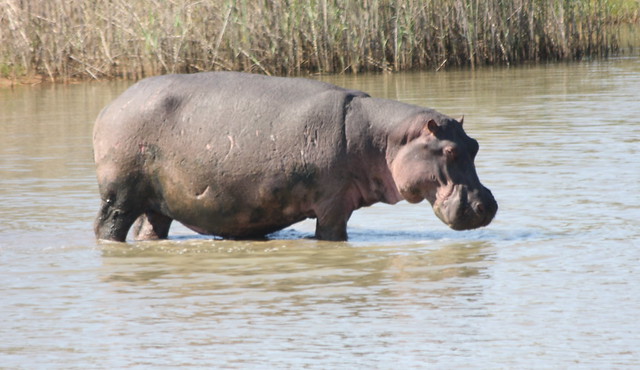
Continue reading “If you don’t eat a bunny, you haven’t been to Durban.”
Tracking the Elusive Animals at Hluhluwe-Imfolozi Park
Hluhluwe-Imfolozi1 Park is the oldest proclaimed national park in Africa, and is widely regarded as one of the best. Although it is much smaller than Kruger, covering only 960 square kilometers, and, strangely, a public road runs through it, 2 the park is allegedly a great spot to sight animals – it is also much less crowded than Kruger, and set in an arguably more beautiful setting, which covers large hills and river valleys. Everything we had read about the place sounded awesome, and we couldn’t wait to visit.
We arrived from Swaziland late on Sunday afternoon, only to learn at the entrance gate that there were no accommodation vacancies at Hilltop Camp in the park. Having naively hoped to simply turn up and be able to stay in the park, we hadn’t arranged alternate accommodation (a fact which, once revealed to the park staff at the entrance gate, elicited a few raised eyebrows), and so we decided to cut our losses and return to the park first thing in the morning.
We backtracked into Hluhluwe village and found a room at the Bushbaby Lodge & Camping. True to its name, bushbabies2 lived in the trees surrounding the lodge, and the owner of the lodge sets out a plate of bananas for the bushbabies each night.
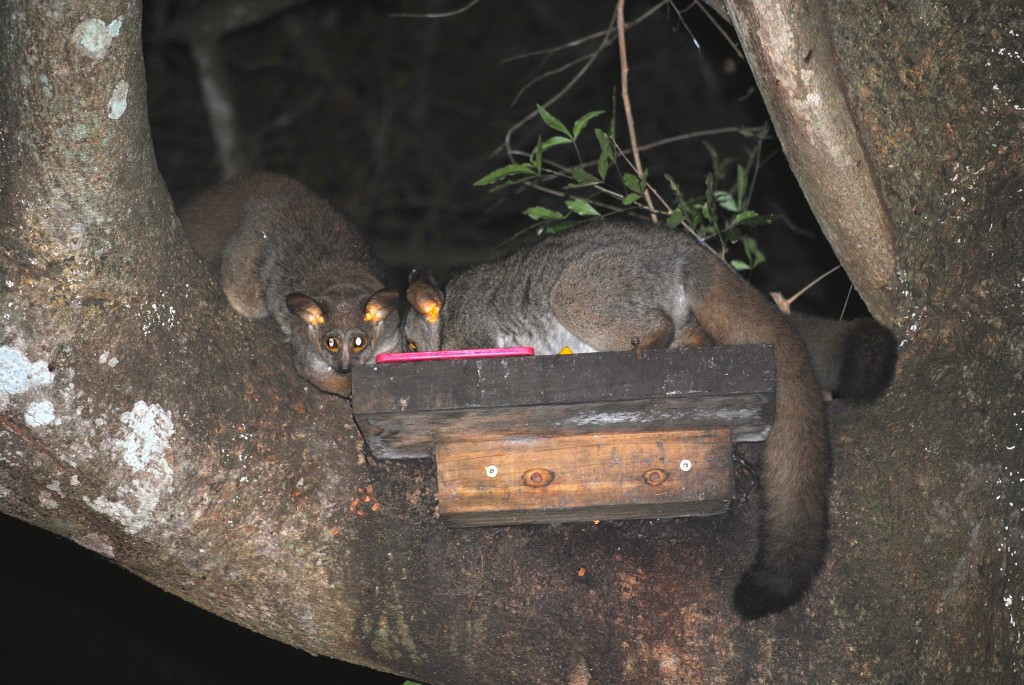
Continue reading Tracking the Elusive Animals at Hluhluwe-Imfolozi Park
Swaziland: The Most Beautiful Country You’re (Probably) Not Visiting
Before we started planning our trip to Africa, I couldn’t have pointed to Swaziland on a map.1 I certainly couldn’t have told you that the country is Africa’s last remaining absolute monarchy, or that it would turn out to be one of the most physically beautiful countries I have ever seen. (But for New Zealand, Swaziland would be the most physically beautiful country I have ever seen.) We spent four days and nights in Swaziland, transiting through from the country from one part of South Africa (Mpumalanga) to another (KwaZulu-Natal).
Random tidbit: The welcome information we received when we crossed the border told us that cattle are so common alongside, and often directly on, the Swazi roadside that they are affectionately referred to as “Swazi traffic lights.” (Having just come from South Africa, where traffic lights are called “robots,” we greatly amused ourselves by referring to the many cattle we encountered as “Swazi robots.”)
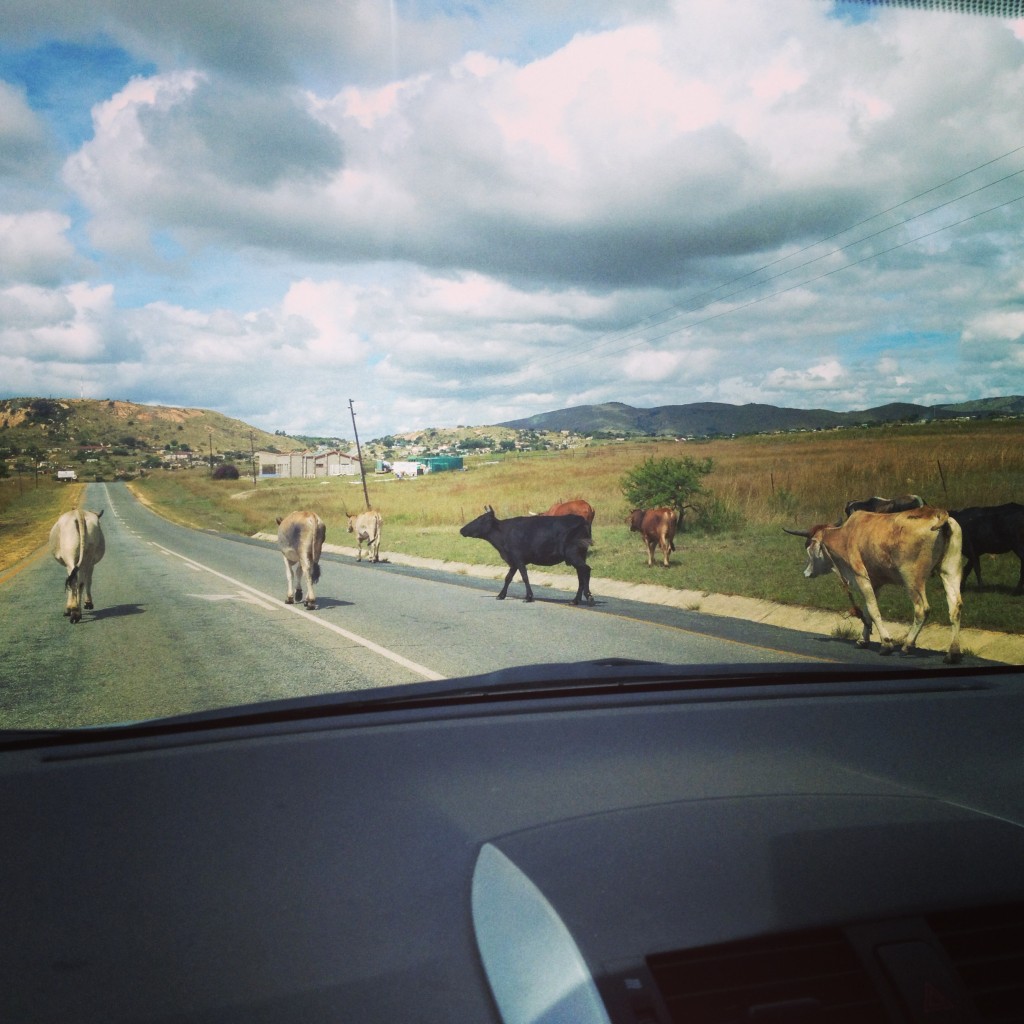
Continue reading Swaziland: The Most Beautiful Country You’re (Probably) Not Visiting


